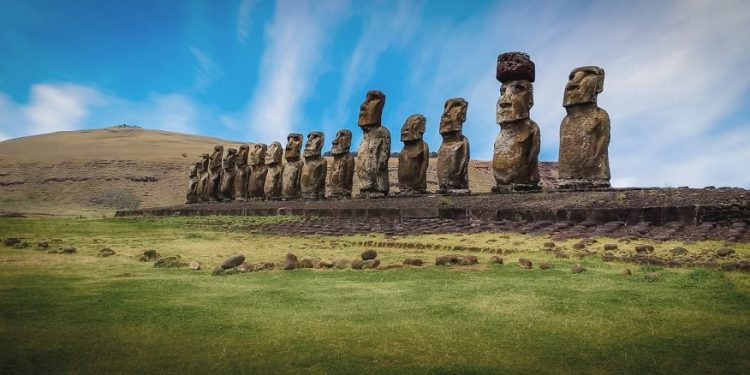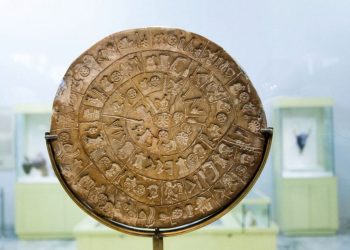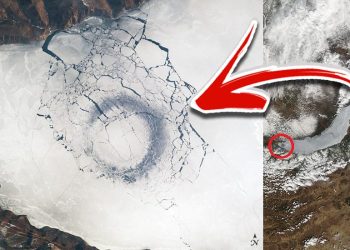Rapa Nui or Easter Island as it is more popularly known was home to an ancient civilization that erected massive statues that later became known as the Moai.
The Moai or Mo’ai are monolithic representations of humans, carved by the island’s inhabitants between 1250 and 1500, according to archaeologists.
Hundreds of these statues were transported from the main quarry—Rano Raraku—and then strategically placed on stone platforms called ahu around the island’s perimeter.
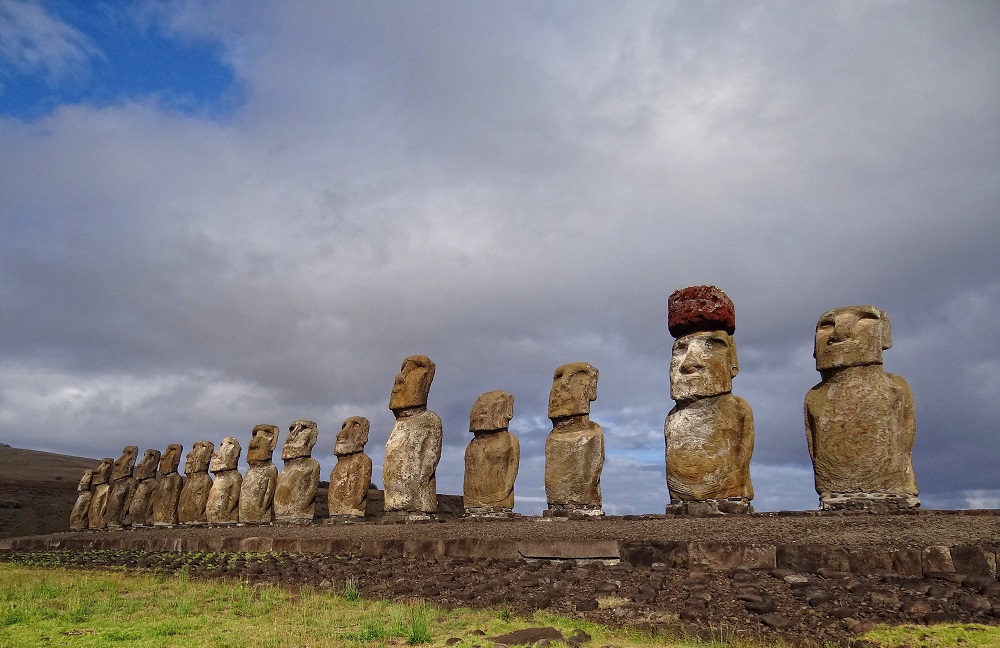
The Moai statues are one of the biggest mysteries for scholars.
Not only because of their size but because experts were unable to agree upon one single theory that explained their existence.
That is until now.
Scientists from Binghamton University and the State University of New York have come up with a unique theory that may explain the real purpose of the massive statues.
So far, experts have found 900 Mo’ai statues that have been produced and transported.
This is considered a remarkable creative and physical feat by an ancient civilization with limited resources and technologies.
The largest Moai ever erected is called Paro, and was 10 meters (33 ft) high and weighed 82 tons.
The sheer number of statues, as well as their impeccable design, tells us that the Moai were of great importance.
And experts now believe the Moai were used to mark Earth’s most valuable resource: Water.
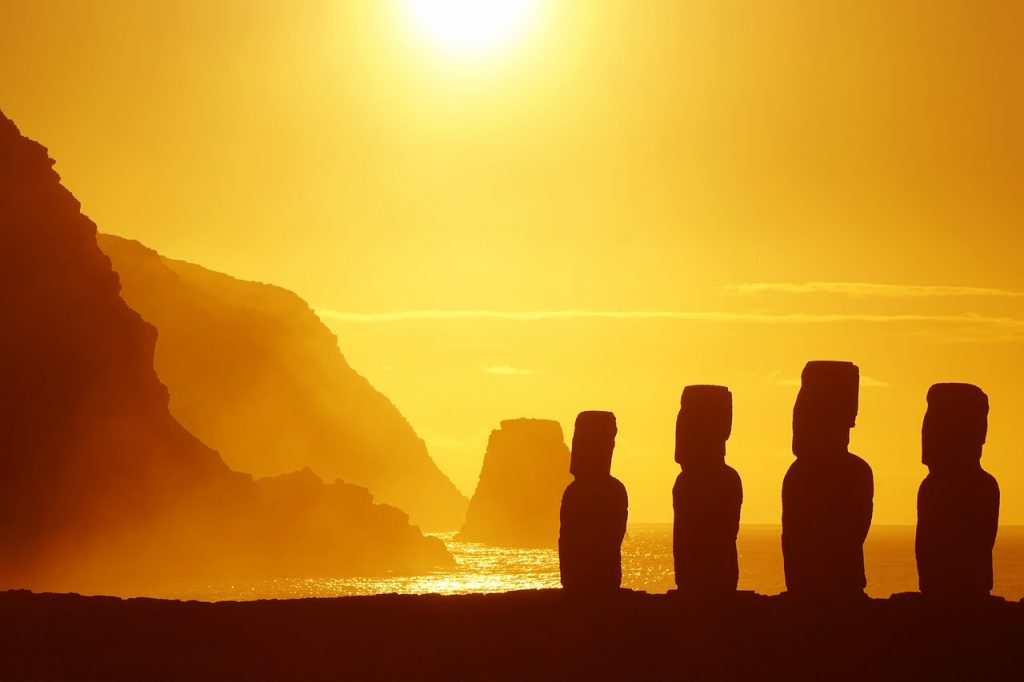
How the inhabitants of the Rapa Nui were supplied with fresh water was a mystery for scholars.
The porous volcanic soils quickly absorbed moisture from the rain, so there were virtually no rivers or streams on the island.
Meanwhile, small volcanic lakes could not provide the necessary volume of fresh water.
But the new theory proposed by experts from Binghamton University and the State University of New York may have an answer: the islanders extracted fresh water directly from the ocean and used the gigantic Moai statues, located mostly on the coastline, to point to these priceless water sources.
By exploring the island, scientists have found areas close to the shore that had a salt concentration low enough for humans to safely drink.
“The porous volcanic soils quickly absorb rain, resulting in a lack of streams and rivers,” Binghamton University Professor of Anthropology Carl Lipo explained.
“Fortunately, water beneath the ground flows downhill and ultimately exits the ground directly at the point at which the porous subterranean rock meets the ocean. When tides are low, this results in the flow of freshwater directly into the sea,” he added.
According to Professor Lipo, freshwater mixes slightly with salt water but is still suitable for human consumption. However, this means that the islanders rarely used salt to spice up their food, because the water they drank gave them a high level of daily sodium chloride intake.
“Now that we know more about the location of freshwater, the location of these monuments and other features makes tremendous sense: they are positioned where freshwater is immediately available,” concluded Lipo, proposing a theory that many scholars would probably disagree with.
After all, the ancient inhabitants of Rapa Nui could have used much smaller and efficient ways to mark water sources on the island.



